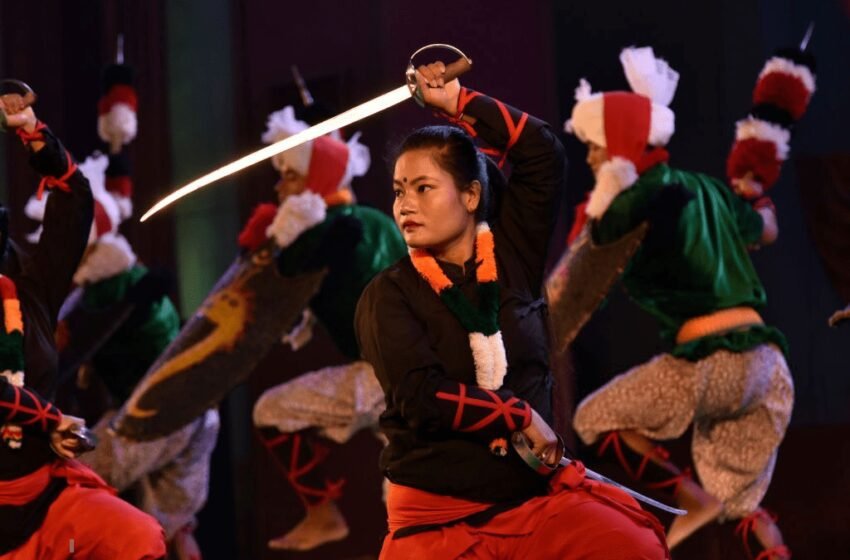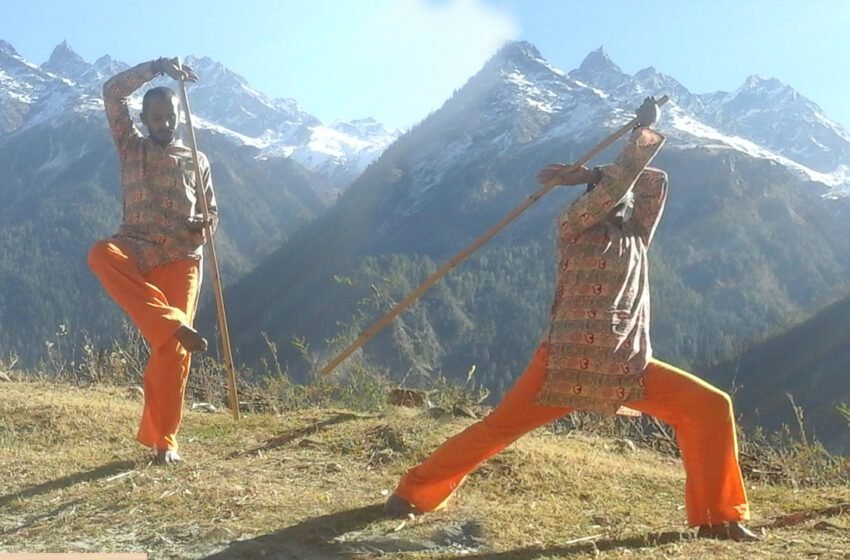Mardani Khel has a long history if we trace it back. It began in the early 1600s with the rise in the popularity of guerrilla warfare also known as ganimi kava. It was during this time when Shivaji was also fighting against the Deccan kings and the Mughals. The Mughals were heavily armed and they […]Read More
Tags : CULTURE
GATKA – A Martial Art to Defend and follow the
Gatka is a Sikh martial art that emerged a thousand years ago. It was developed in the 15th century by the Sikh gurus. The martial art form has been handed down from one generation to another via masters or ustaads. The practice takes place in an akhaada which is not specially built or does not […]Read More
Thang-Ta – ‘The Art of Sword and Spear’ of Manipur
Thang-ta is a form of martial art which requires weapons where Thang refers to ‘the art of sword’ and ta refers to a spear. Thang-ta is a part of Huyen Langlon, an Indian martial art hailing from Manipur. Huey Langlon consisted of two divisions- the armed and the unarmed way of combat and fighting. Thang-ta […]Read More
Lathi Khela – Self defensive martial art of Bengal
Lathi Khela is the traditional martial art form of Bengal. When we say Bengal, it refers to both, the Indian Bengal and Bangladesh. As the name itself suggests, this martial art form is practiced with lathis or sticks. The one who practices this form is known as a lathia. The history of man’s association with […]Read More
The Kuru dynasty was formed (1200 BC-900 BC) in the mediaeval period, in the form of an alliance between the Bharata and Puru clans. He had made Kurukshetra his power centre. And in the Vedic period, the Kurus had made their political centre. Read More
KUTTU VARISAI – ‘Empty hand Combat,’ Dravidian form of Martial
Kuttu Varisai is often confused with the self-defense art of Silambam. This is not the truth. They do resemble but not entirely. Where Silambam uses various weapons like swords, shields, sticks, etc, Kuttu Varisai is the unarmed component of Silambam. It is a Dravidian martial art form which belongs to the state of Tamil Nadu. […]Read More
It is a form of Indian martial arts prominent in the Southern state of Tamil Nadu or Kerala. It is believed that the form has been in practice since the 4th century BC. The name Silambam has been derived from silambambu, a particular type of bamboo which is used to make the staff used in combat form. Read More
The Vedic Age was between 1500 BC and 600 BC. This is the next major civilization that occurred in ancient India after the decline of the Indus Valley Civilization by 1400 BC. The Vedas were composed in this period and this gives this age the name. The Vedas are also the chief source of information […]Read More
The Chedi dynasty was founded by Chidi belonging to Vidarbha and Yadav dynasties. It is said that the Paurava king Vasu won Chedi after Indra’s request and ruled there. It is said Chedi that was chosen by the Pandavas to spend 13 years of exile. Chedi ruled over large provinces by making his sons governors, […]Read More
The end of the Vedic period saw tribal allegiance make way for territorial allegiance and that the people’s loyalty were getting transferred from tribal organisations to polito-geographical units. This type of development was seen to be reflected in a relationship between the raja and others based on the reciprocity rather than kinship, but there was […]Read More









